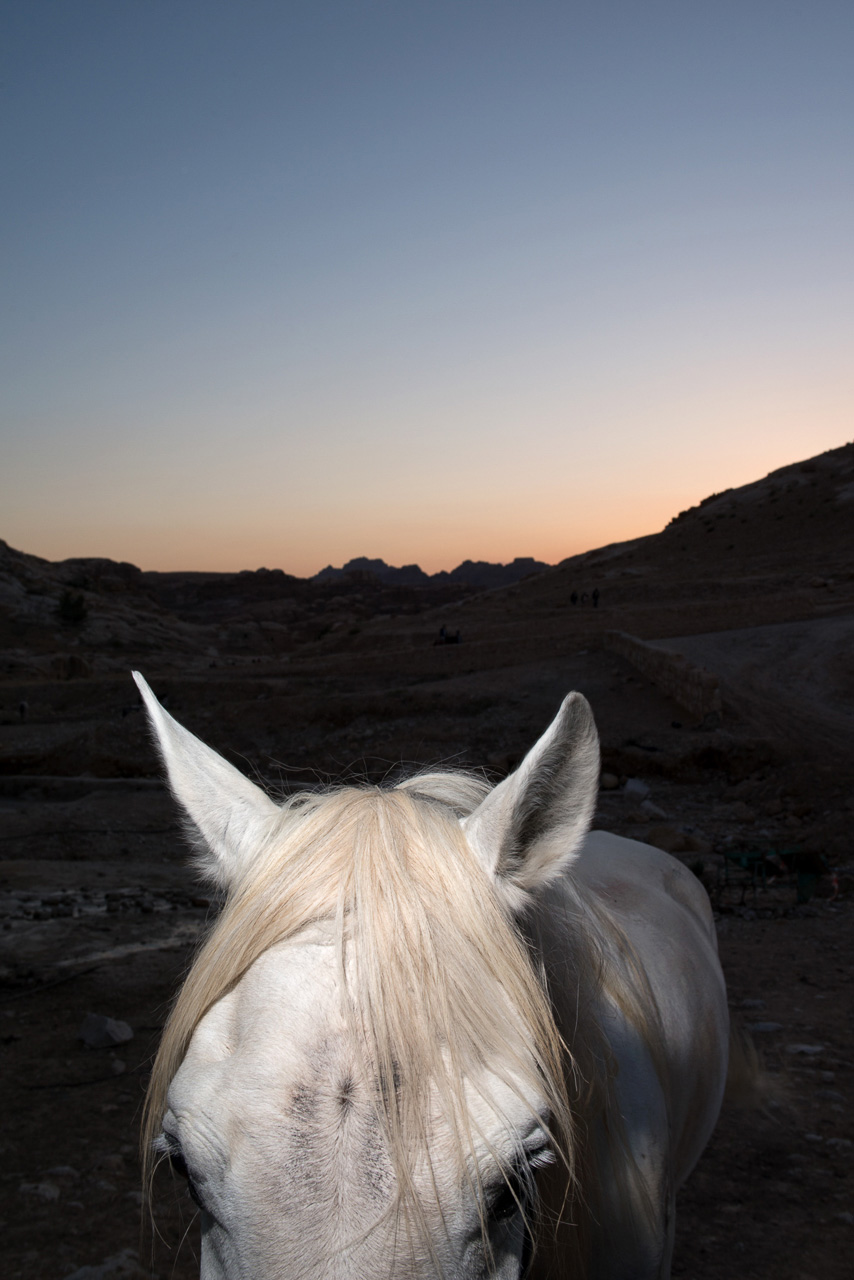






























































Funded by a “Speaker and Specialist” grant awarded by the U.S. State Department, I flew to Jordan in May 2014 to teach photography on behalf of the American Embassy. Classes took place in the cities of Salt and Aqaba, and concluded with students’ work hung in a photography gallery in Amman. The U.S. Ambassador to Jordan at the time, Stuart Jones, who is now the Ambassador to Iraq, attended our opening reception, along with members of the Jordanian press.
In one of the trip’s greater ironies, almost all of my roughly 60 students were women, yet nearly my entire body of work from this trip is comprised of men, perhaps in part due to the nature of Jordanian public life. It was a partnership — my students taught me how to navigate the cultural sensitivities of photographing in an Arab land, while I tried to give them a means for visually documenting it. With two translators and equipment provided by the Embassy, we covered everything from camera basics to capturing street life.
When not teaching and on my own time, I saw as much of the country as possible, including the decades-old Palestinian refugee city in Baqa’a and the U.N.’s Syrian refugee camp at Azraq. While I met plenty of Jordanians, the diversity of the country’s population reminded me of urban areas here in the U.S. Yet Americans aren’t fleeing Ohio because of ISIS and there are no 60-year-old refugee camps for displaced people from Detroit. Still, Jordan is a relative oasis compared to the turmoil engulfing its neighbors. The historic sites at Petra, Jerash, Iraq al Amir, and Mount Nebo felt as safe as any national park in the U.S.